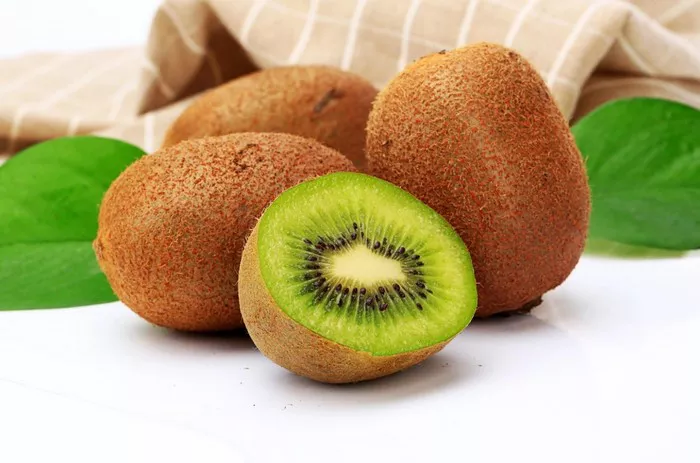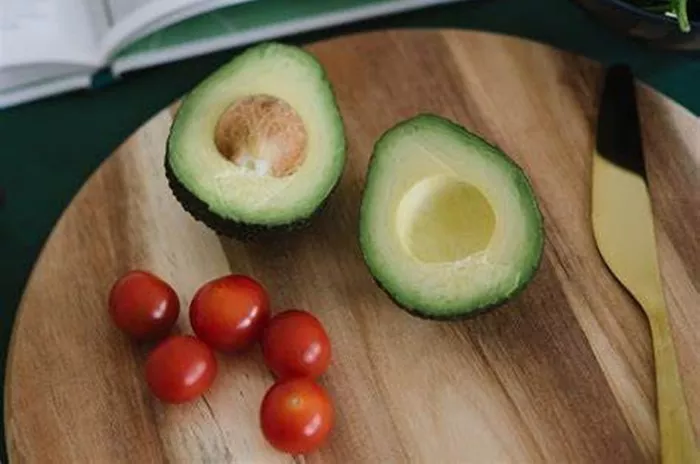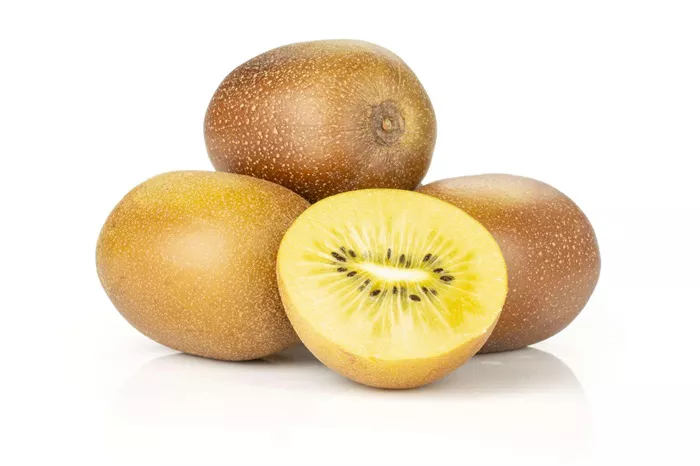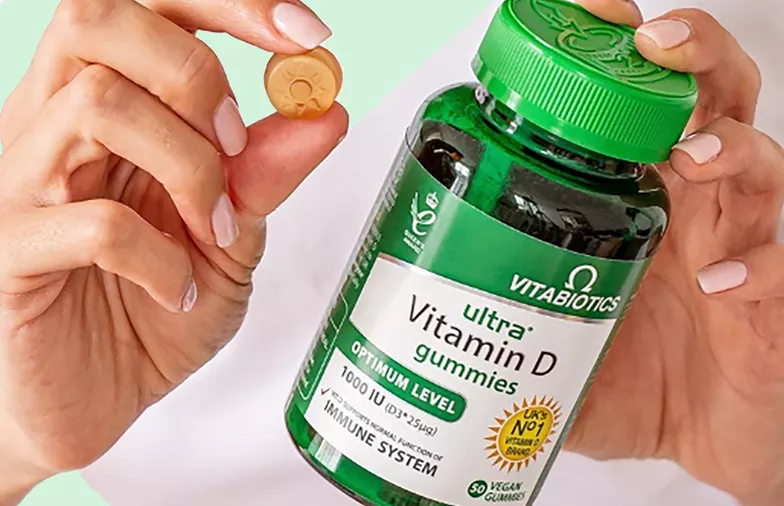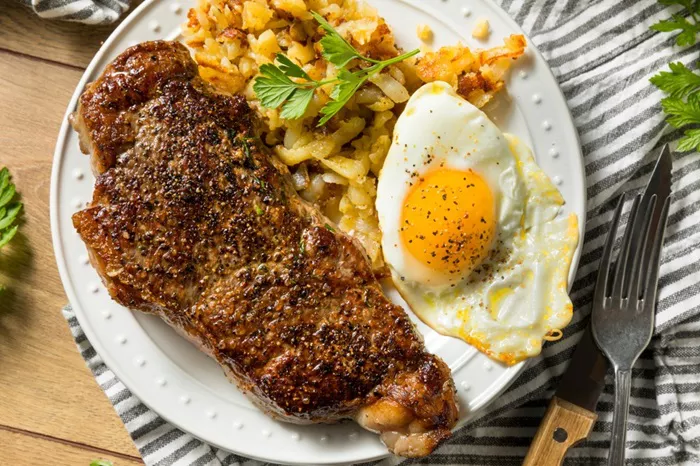In the ever-evolving landscape of nutrition, the quest for a healthy and balanced diet is a journey many embark upon. Proteins, essential macronutrients that play a crucial role in the body’s structure and function, are often in the spotlight. As we navigate the aisles of grocery stores, we encounter a plethora of food products claiming to be rich in proteins. But how do we distinguish between the contenders and pretenders? In this comprehensive exploration, we delve into various food items, scrutinizing their protein content to unravel the truth behind the labels.
Understanding Proteins: The Building Blocks of Life
Before we embark on our quest to identify protein-rich foods, it’s imperative to comprehend the role proteins play in our bodies. Proteins are composed of amino acids, which are essential for the growth, repair, and maintenance of tissues. Enzymes, hormones, and antibodies, among other vital molecules, are all products of protein synthesis. As we explore various food products, we’ll keep this fundamental knowledge in mind.
1. Lean Meats: The Cornerstone of Protein Intake
Let’s begin our journey with the classic source of protein – meats. Not all meats are created equal when it comes to protein content. Lean meats such as chicken breast, turkey, and lean cuts of beef are renowned for their high protein density. We’ll dissect these options, examining not only their protein content but also their overall nutritional profile.
2. Plant-Based Power: Unveiling the Protein Potential of Vegetarian Options
As plant-based diets gain popularity, understanding the protein content of vegetarian options becomes paramount. Legumes, tofu, tempeh, and quinoa are just a few examples of plant-based protein sources that have emerged as staples for vegetarians and vegans alike. We’ll explore the protein content of these alternatives and evaluate their nutritional value.
3. Dairy Delights: Milk, Cheese, and Yogurt Under the Protein Microscope
Dairy products are often associated with calcium, but they also contribute significantly to protein intake. Milk, cheese, and yogurt come in various forms, each with its unique nutritional profile. We’ll dissect these dairy delights, shedding light on the protein content and other essential nutrients they offer.
4. Eggs: Nature’s Protein Powerhouse
Eggs have long been hailed as a complete protein source, containing all the essential amino acids our bodies need. But how do different types of eggs, such as free-range or omega-3 enriched, compare in terms of protein content? We’ll explore the intricacies of eggs and their role in a protein-rich diet.
5. Seafood Spectacle: Examining the Protein Bounty from the Ocean
Seafood encompasses a vast array of options, from fatty fish like salmon to shellfish such as shrimp and crab. While seafood is celebrated for its omega-3 fatty acids, we’ll delve into the protein content of these oceanic offerings and weigh their nutritional benefits against potential drawbacks.
6. Protein Powders: Are They a Legitimate Source or a Fitness Fad?
In the era of fitness supplements, protein powders have become ubiquitous. Whey, casein, pea protein, and other powder formulations flood the market. But are these products as effective and reliable as whole food sources of protein? We’ll scrutinize the pros and cons of protein powders, evaluating their place in a balanced diet.
7. Nuts and Seeds: Tiny Packages with Protein Punch
Nuts and seeds are often praised for their healthy fats, but they also contribute to our protein intake. Almonds, peanuts, chia seeds, and flaxseeds are just a few examples of these tiny nutritional powerhouses. We’ll investigate the protein content of nuts and seeds, considering their versatility and potential benefits.
8. Grains and Legumes: Carbohydrate Staples with Protein Surprises
While grains and legumes are traditionally associated with carbohydrates, they also offer a significant protein boost. Quinoa, lentils, chickpeas, and other staples play a crucial role in many diets worldwide. We’ll unravel the protein content of these grains and legumes, exploring their nutritional diversity and benefits.
9. Processed Foods: The Hidden Proteins Amidst the Controversy
The world of processed foods is vast and often controversial. From protein-enhanced snacks to ready-to-eat meals, these products claim to provide a convenient protein fix. However, are these processed options a reliable source of quality protein, or do they come with hidden pitfalls? We’ll navigate through the nutritional minefield of processed foods.
10. The Balancing Act: Crafting a Protein-Rich Diet
As we conclude our exploration, we’ll synthesize the information gathered from our in-depth analysis of various food products. Crafting a protein-rich diet involves not only identifying high-protein sources but also considering overall nutritional balance. We’ll provide practical tips and guidelines for individuals seeking to optimize their protein intake while maintaining a well-rounded and sustainable approach to nutrition.
[inline_related_posts title=”You Might Be Interested In” title_align=”left” style=”list” number=”6″ align=”none” ids=”5057,4971,3598″ by=”categories” orderby=”rand” order=”DESC” hide_thumb=”no” thumb_right=”no” views=”no” date=”yes” grid_columns=”2″ post_type=”” tax=””]

